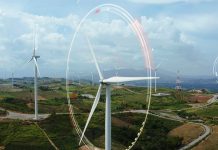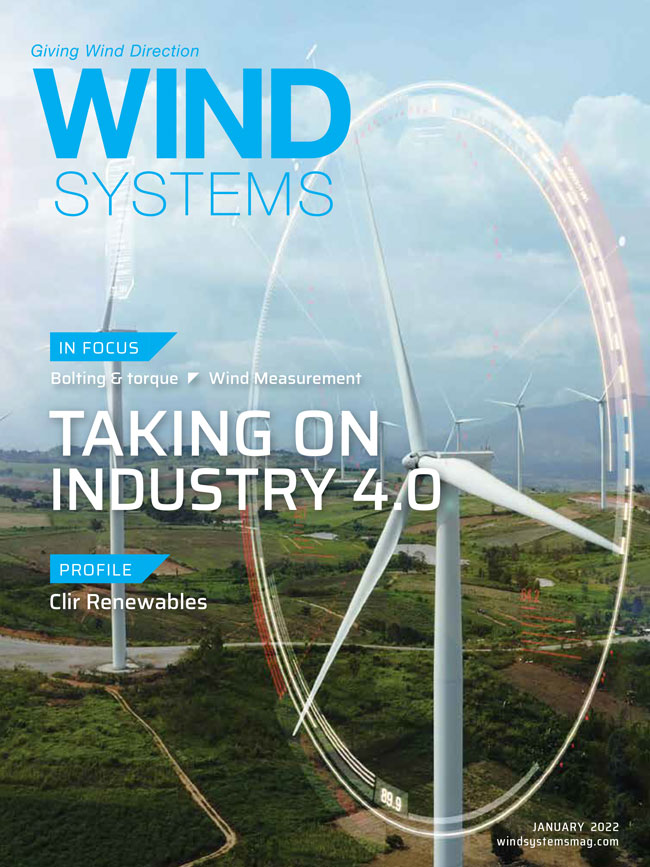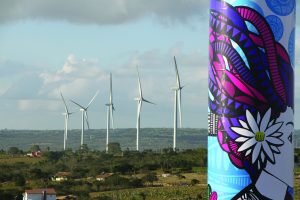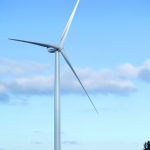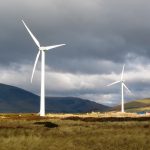Electricity and heat generation now represent at least 24 percent of greenhouse gas (GHG) emissions. The result of these GHG emissions building up in the atmosphere in general and carbon dioxide emissions in particular is increasing global temperatures. An increase of 1.5°C in the average global temperature over the next few decades will lead to a climate “tipping point” with effects such as an increase in potentially dangerous heat waves and excessive precipitation that can lead to flooding or to extreme drought.
The move to renewable energy sources such as solar energy and wind energy is underway to generate electricity with lower GHG emissions and hopefully prevent global temperatures from rising at their current rate. Use of wind energy is steadily growing, as it now accounts for approximately 7 percent of total global electricity demand.
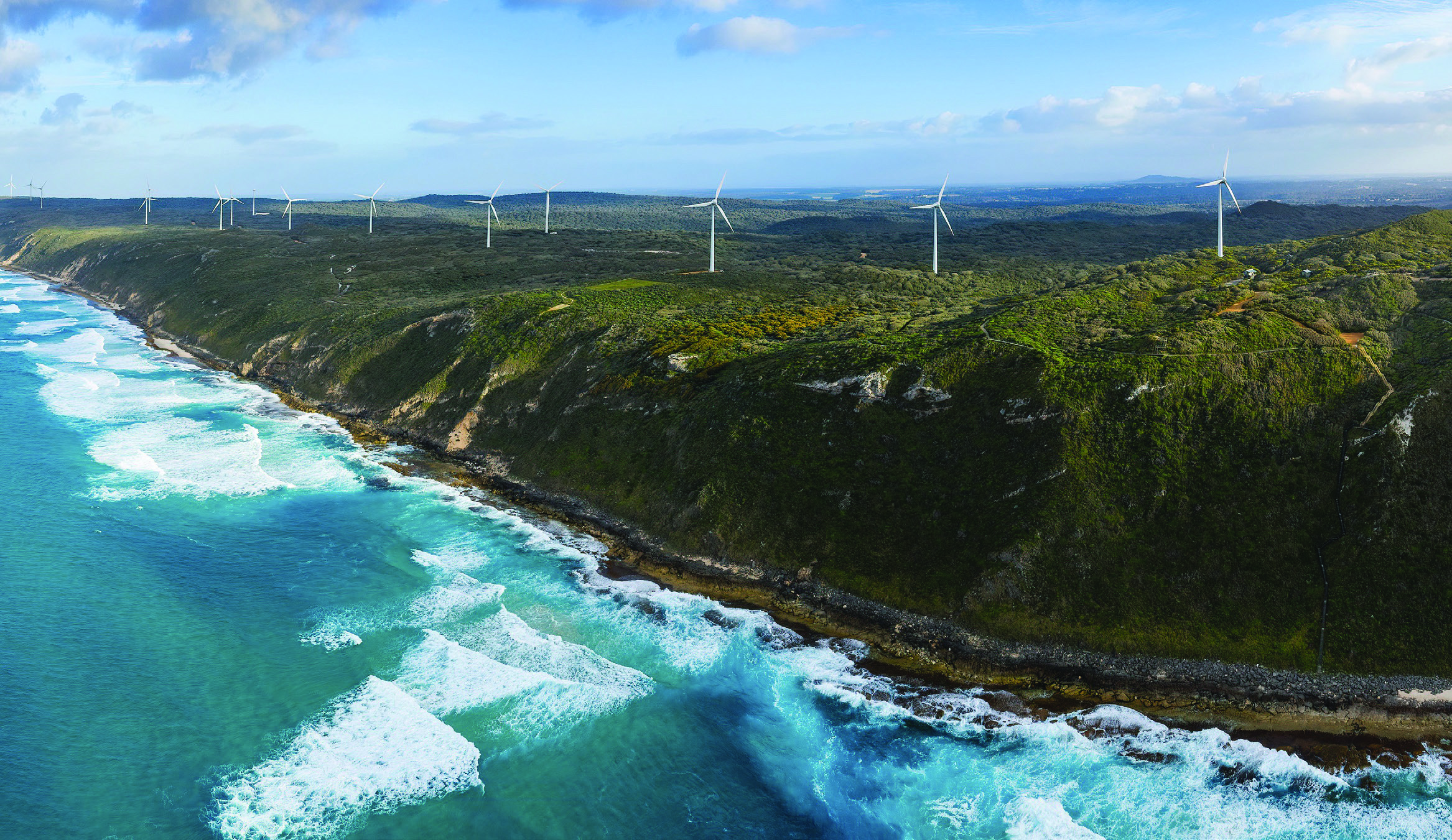
Wind-energy impact
In a previous article [1], a study was described that evaluated the impact of wind-energy capacity on the efficiency of electrical power production and surface climate in the U.S. The researchers ran long-term simulations and found that adding wind-energy capacity to the electric grid has only a small impact on efficiency. Near-surface climate properties do not increase either on a regional or local scale with added wind-energy capacity.
“We are losing the battle to slow down the increase in global warming — even though wind energy capacity is growing at a rate of 14 percent per year, and total global wind-energy production is 1,273 terawatt-hours in 2018,” said Rebecca Barthelmie, professor in the Sibley School of Mechanical and Aerospace Engineering at Cornell University in Ithaca, New York.
But Barthelmie indicates that more wind energy needs to be deployed above the current 14 percent per year rate. Fortunately, electrification is increasing its contribution to the energy supply, which should lead to a reduction in GHG emissions due to the increasing use of renewable energy sources. The total primary energy supply (TPES) attributed to electricity has doubled from 6,131 terawatt-hours in 1973 (9.4 percent of TPES) to 26,619 terawatt-hours in 2018 (19.3 percent of TPES).
In an effort to determine what effect increasing the usage of wind energy will have on global warming, Barthelmie and her colleague, Sara Pryor, professor in the department of earth and atmospheric sciences at Cornell University, evaluated the results for climate change mitigation through the implementation of three wind-energy scenarios from 2021 through 2050.
Wind-energy expansion scenarios
The researchers used the Current National Pledges (NDC), International Renewable Energy Agency (IRENA) and International Energy Agency’s Net Zero Emissions (IEA NZE) projections in determining the impact of adding wind energy capacity to slowing down global warming.
“We used a couple of assumptions, including Intergovernmental Panel on Climate Change (IPCC) emissions scenarios for total cumulative GHG emissions to 2100 for a number of Representative Concentration Pathways (RCPs),” Barthelmie said. “For different wind-energy scenarios beyond the year 2050, we assumed the annual rate of increase in wind energy installed capacity would continue to grow at the same rate as in 2050 for the remainder of the century.”
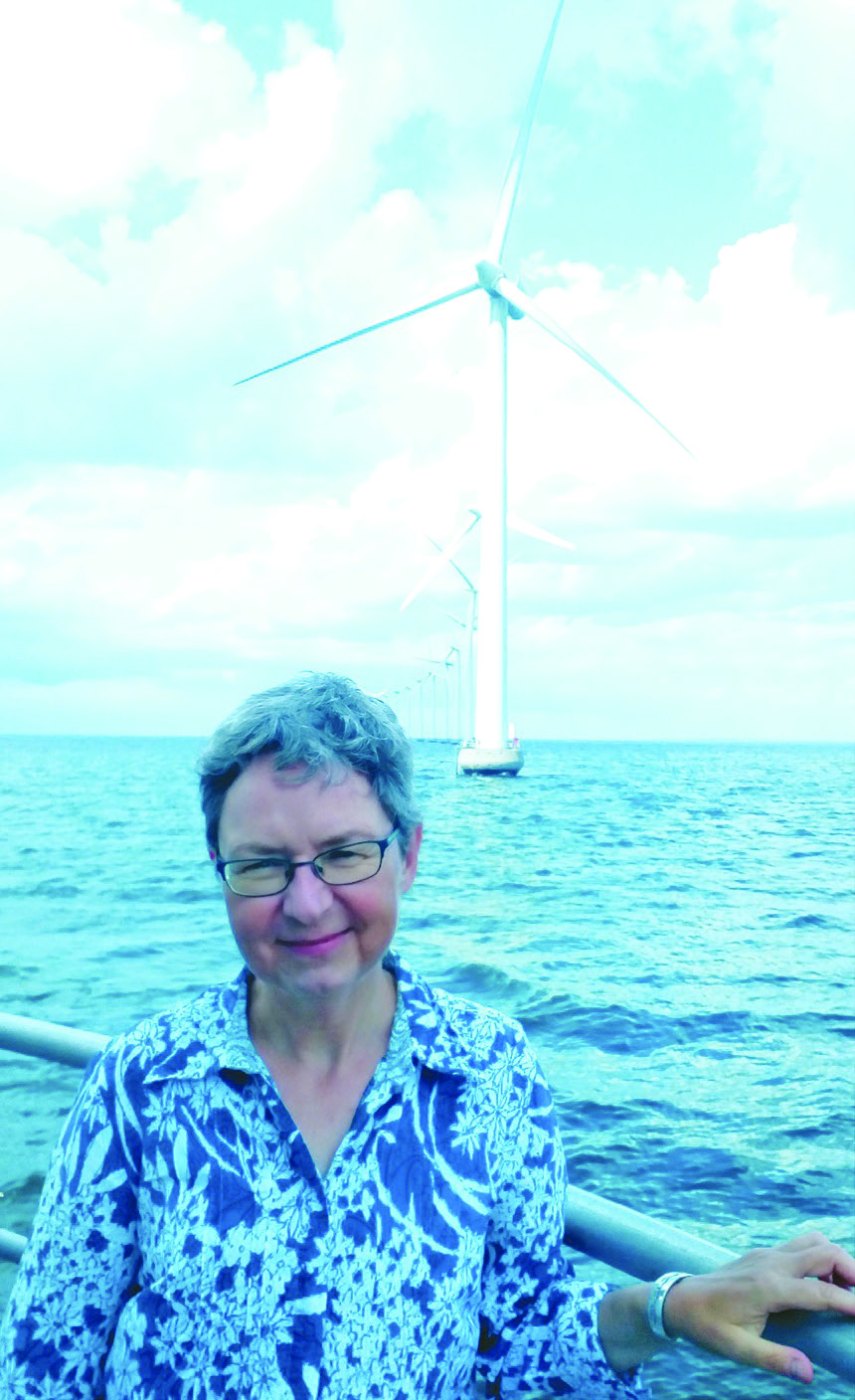
Global Scale
This analysis was done on both a global scale and by focusing on four countries/areas that are large generators of electricity: China, Europe (European Union and the U.K.), India, and the U.S.
“Our assessment is that if global wind energy installed capacity increases from 282 GW in 2013 to approximately 4,800 GW in 2050 (as found in the most ambitious expansion plan), this means wind energy would account for approximately 30 percent of global electricity supply,” Barthelmie said. “This would reduce the likely global temperature increase by 2100 by approximately 0.3°C. It also would delay the time that the global temperature passes the critical warming threshold temperature increase of 1.5°C by up to six years, potentially allowing further remedial action.”
Barthelmie argued this wind-energy expansion will be insufficient because global demand for energy is anticipated to continue to increase leading to a continuing increase in carbon dioxide emissions.
“Even if greater than 6,000 GW of installed wind-energy capacity is added by 2050, the 1.5°C warming threshold temperature will not be avoided without significant reductions in energy use and GHG emissions from other sectors,” she said.
Barthelmie expressed the possibility that, if the U.S. decided to accelerate electrification through greater use of wind energy, then the chances for further GHG emissions reduction will increase.
“Currently, carbon dioxide emissions will need to decline from 6.3 gigatons in 2020 to 5.0 gigatons by 2050 to meet the country’s nationally determined contribution,” she said. “Adding more wind-energy capacity may lead to a reduction of GHG emissions to be below 3 gigatons of carbon dioxide by 2050.”
Growth of offshore wind-energy capacity will be an important factor in expanding wind energy installed capacity. Barthelmie reports Europe has plans to increase offshore capacity 10 to 20 times by 2050 while the U.S. is planning to have 30 GW of new installed capacity by 2030. Asian countries are seeking to increase offshore wind capacity by 3.5 times by 2050.
Recycling and Repowering
One approach that will expedite wind-power expansion is recycling and repowering wind turbines.
“Recycling 85 percent to 90 percent of a wind turbine is already feasible, and the industry is committed to also recycling wind-turbine blades over the next few years,” Barthelmie said. “Repowering will be integral to building added installed capacity with many wind turbines now reaching the end of their operating lifetimes. Repowering can involve replacement of the blades or nacelle without affecting the tower. It is estimated that this approach will boost power output globally by 16 percent.”
Barthelmie is optimistic about the future of wind energy and believes aggressive installation of new capacity and repowering will help to reduce the rate of climate change. Additional information can be found in a recent article [2] or by contacting Barthelmie at rb737@cornell.edu.
References
- Canter, N. (2020), “Expanded wind energy capacity,” TLT, 76 (6), pp. 20-21.
- Barthelmie, R. and Pryor, S. (2021), “Climate change mitigation potential of wind energy,” Climate, 9 (9), p. 136.
Reprinted with permission from the December 2021 issue of TLT, the official monthly magazine of the Society of Tribologists and Lubrication Engineers, an international not-for-profit professional society headquartered in Park Ridge, Illinois, www.stle.org. Available at https://www.stle.org/files/TLTArchives/2021/12_December/Tech_Beat_III.aspx?WebsiteKey=a70334df-8659-42fd-a3bd-be406b5b83e5


















